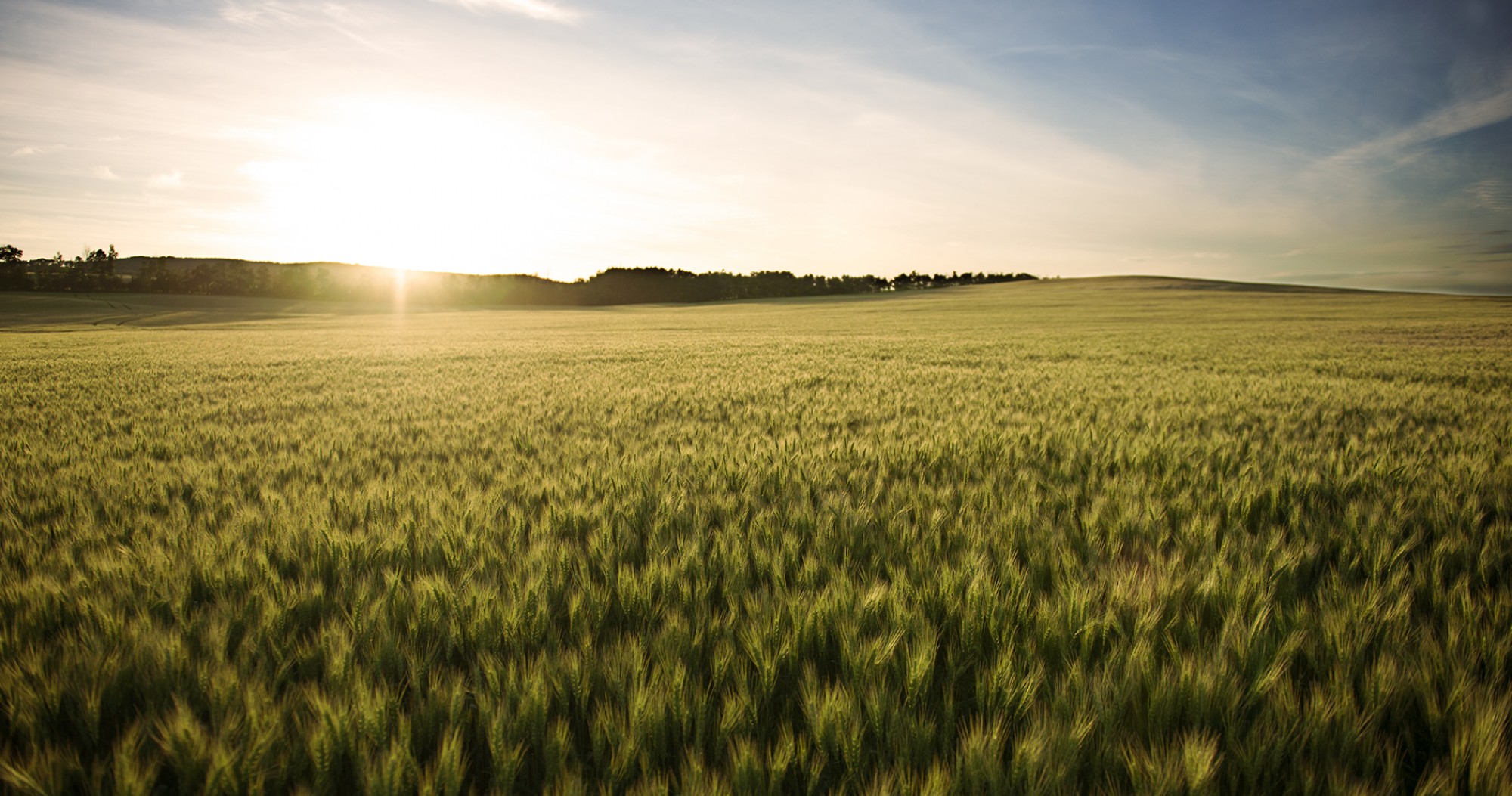Blue Book keeps growers in the black
It may not be suited for bedtime reading, but Alberta’s Crop Protection Guide lets many farmers rest easy. Published for more than twenty years by Alberta’s Ministry of Agriculture, the guide, also known as The Blue Book, is an annual publication with the latest updates on fungicides, herbicides, insecticides and seed treatments. When it was announced last year that the government would no longer publish the book, Alberta’s leading crop commissions – the Alberta Wheat Commission, Alberta Barley, Alberta Canola and Alberta Pulse Growers—stepped up to fill the void.
“We view the book as a vital resource that farmers can carry around in their truck or sprayer, or have in the office as a reference,” said Tom Steve, general manager for the Alberta Wheat and Barley Commissions. “It contains critical information for growers and needs to be preserved.”
That preservation was in peril when the government opted out, but it soon became clear that letting the book lapse was not an option.
Seeing red about The Blue Book demise
“Within 10 minutes of the ministry’s announcement, I started getting texts and emails from growers asking, ‘what about The Blue Book?’, said Brian Kennedy, grower relations and extension manager for the Alberta Wheat and Barley Commissions.
Though the overall structure and content of the book will remain the same (subject to the regular yearly updates), the production team is making some refinements.
Planting the seeds for a bestseller
“First, we hired a certified agronomist to ensure that the information we were changing for the next edition was correct,” said Tommy Wilson, content manager for GrainsWest. “We also had AgSafe Alberta rewrite the farm safety section and provide new content. We asked spraying guru Tom Wolf to redo the spraying section and provide spray sizing nozzle charts, and we updated the listing information for the pesticide container recycling locations in Alberta.
The first edition of the book spawned by the commission partnership was out in February, and interest is high.
“Our website is currently up and running (albertabluebook.com) and we have already taken more than 5,000 pre-orders,” said Kennedy. “You need 5,000 sales to reach the bestseller list in Canada, so that speaks to the popularity of the guide. It is a tribute to the hard work of our staff and the support we have received from Alberta Agriculture and Forestry, our board and our members.”
With the ink barely dry, the commissions are already looking ahead to future versions of the guide.
“We want to look at how we can make production more efficient,” said Steve. “Given that prairie provinces face many of the same agronomical issues, do we collaborate on a joint Blue Book? Where do we go with the printed issue of the book versus online publication?”
The objective is to make the guide self-sustaining or needing only minimal investment by the crop commissions.
“On the basis of book sales, if we can get close to the break-even point we would be happy, but that is down the road,” said Steve.
There is also talk of working with The Association of Alberta Agriculture Fieldmen on a prairie-wide app for the crop guide, though for now, the commissions are putting first things first.
“Our full effort this year is on getting the book out at the same time, and with the same quality, as farmers and agronomists have come to expect,” said Kennedy.
What’s in a name?
All of which leaves the most important question for last: Why the name “Blue Book”?
“The name stems from former Agriculture Minister Marvin Moore who served in the 1970s,” said Steve.
When he had trouble spraying chemicals because all the information was in metric, Moore set the wheels in motion for a book where the numbers would be converted to acres and pounds of pressure. Soon afterwards, The Blue Book was born, and the “blue” referred to party colors under the Lougheed government at the time.
Whatever growers’ political stripes, if The Blue Book can stave off the red ink, colour them impressed.

